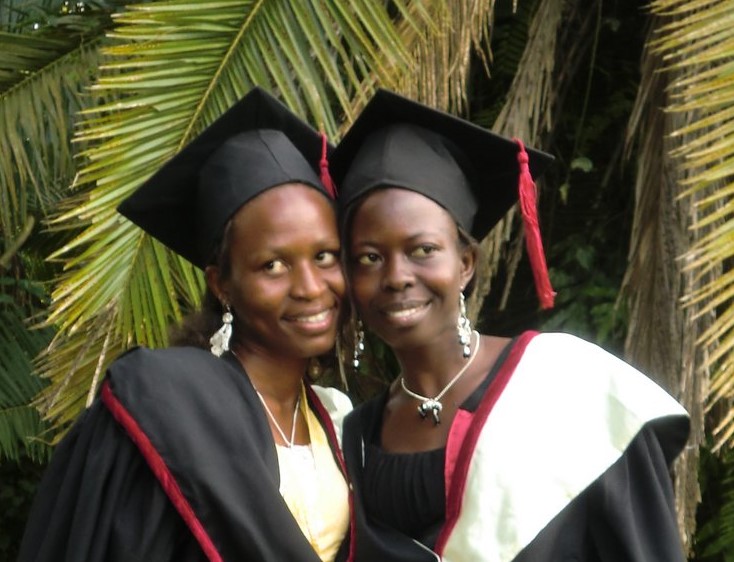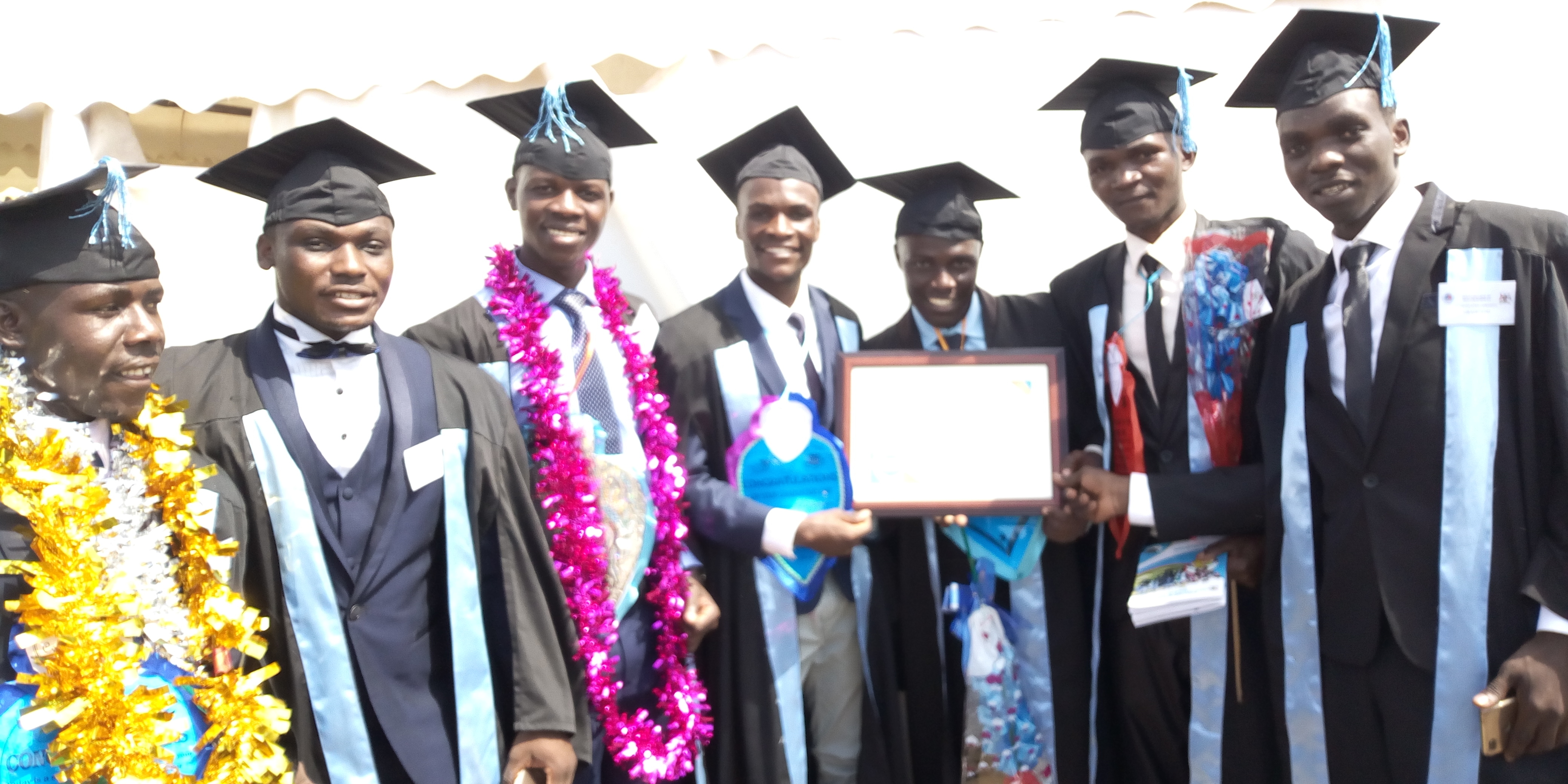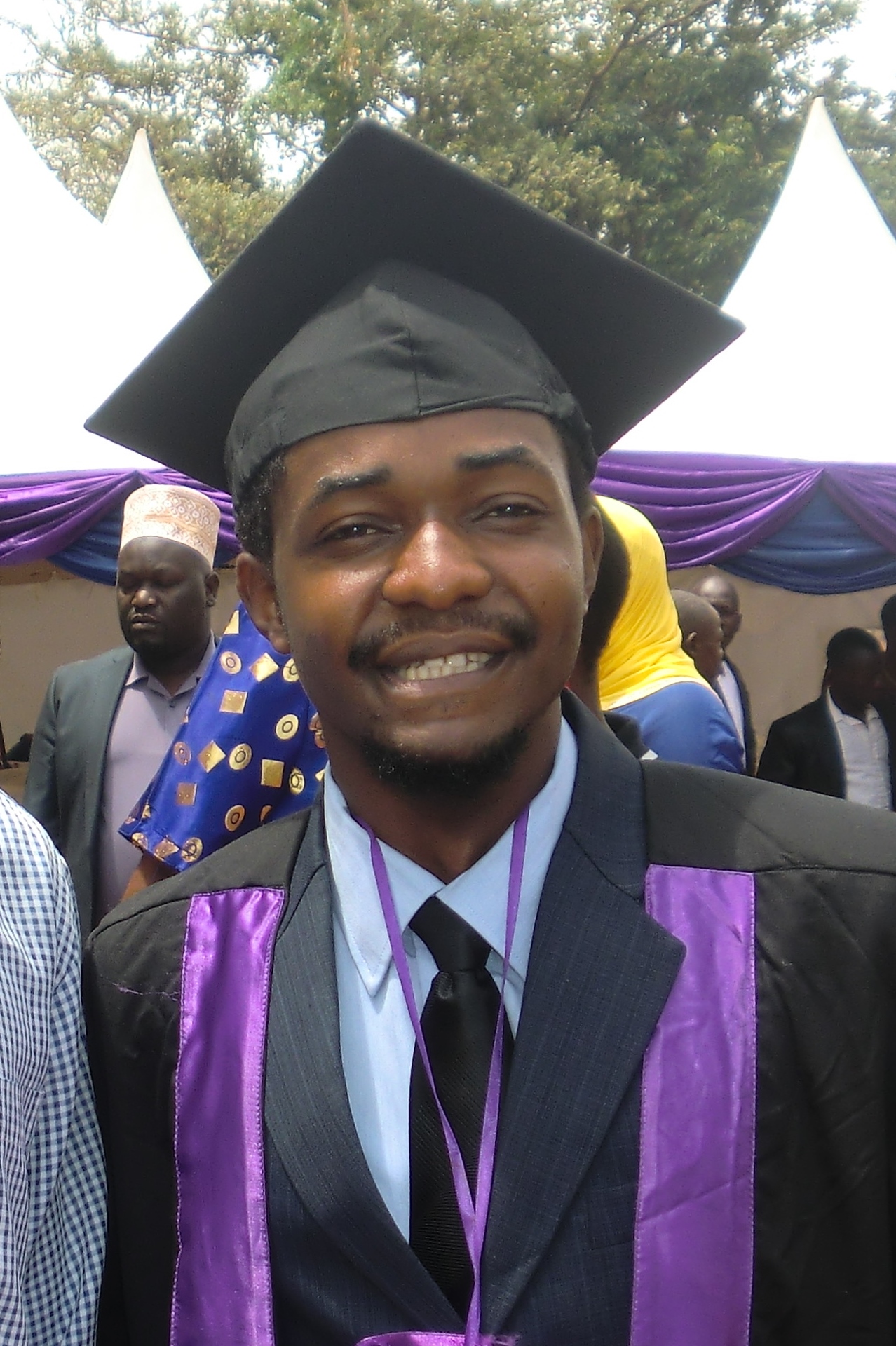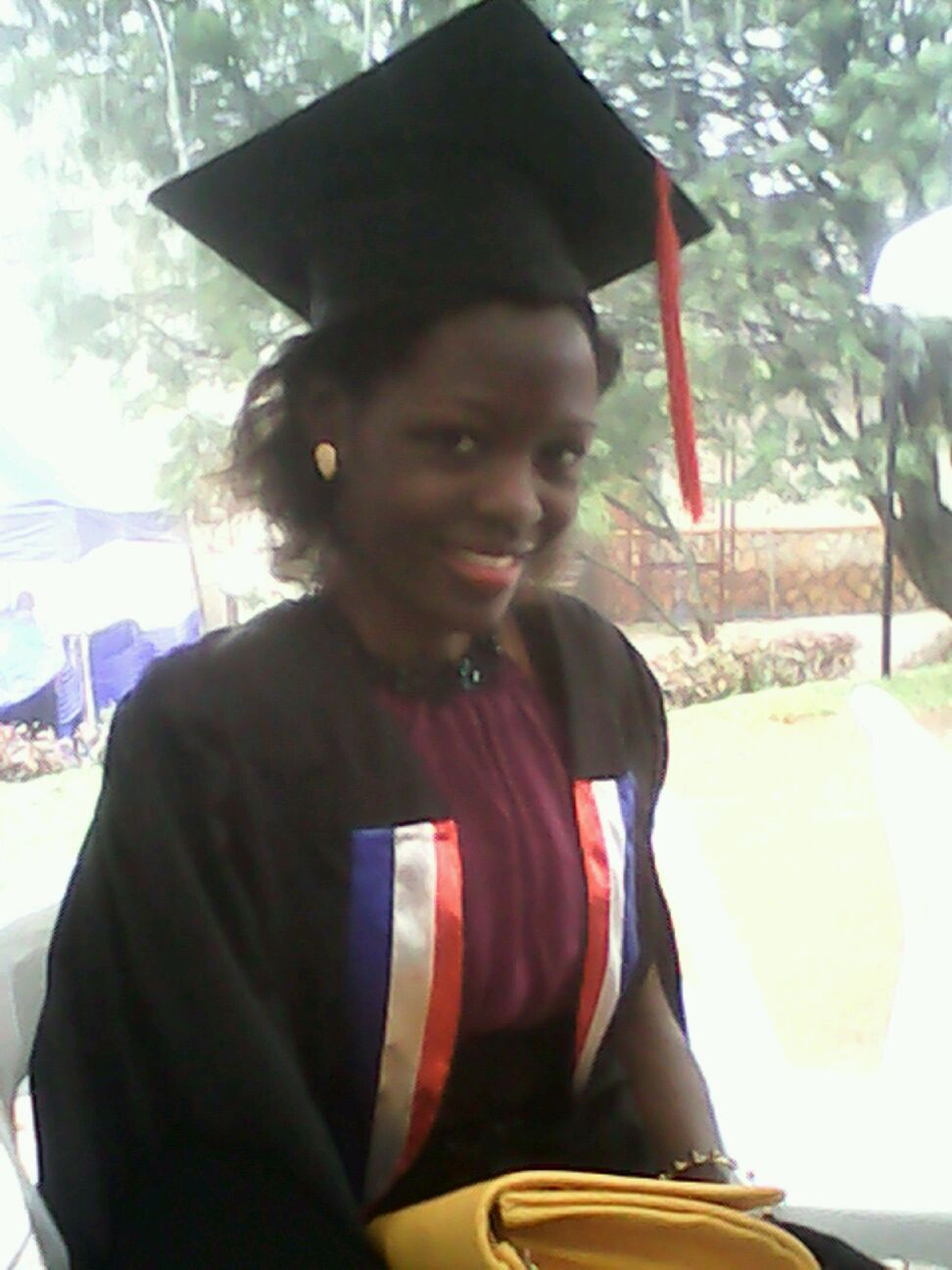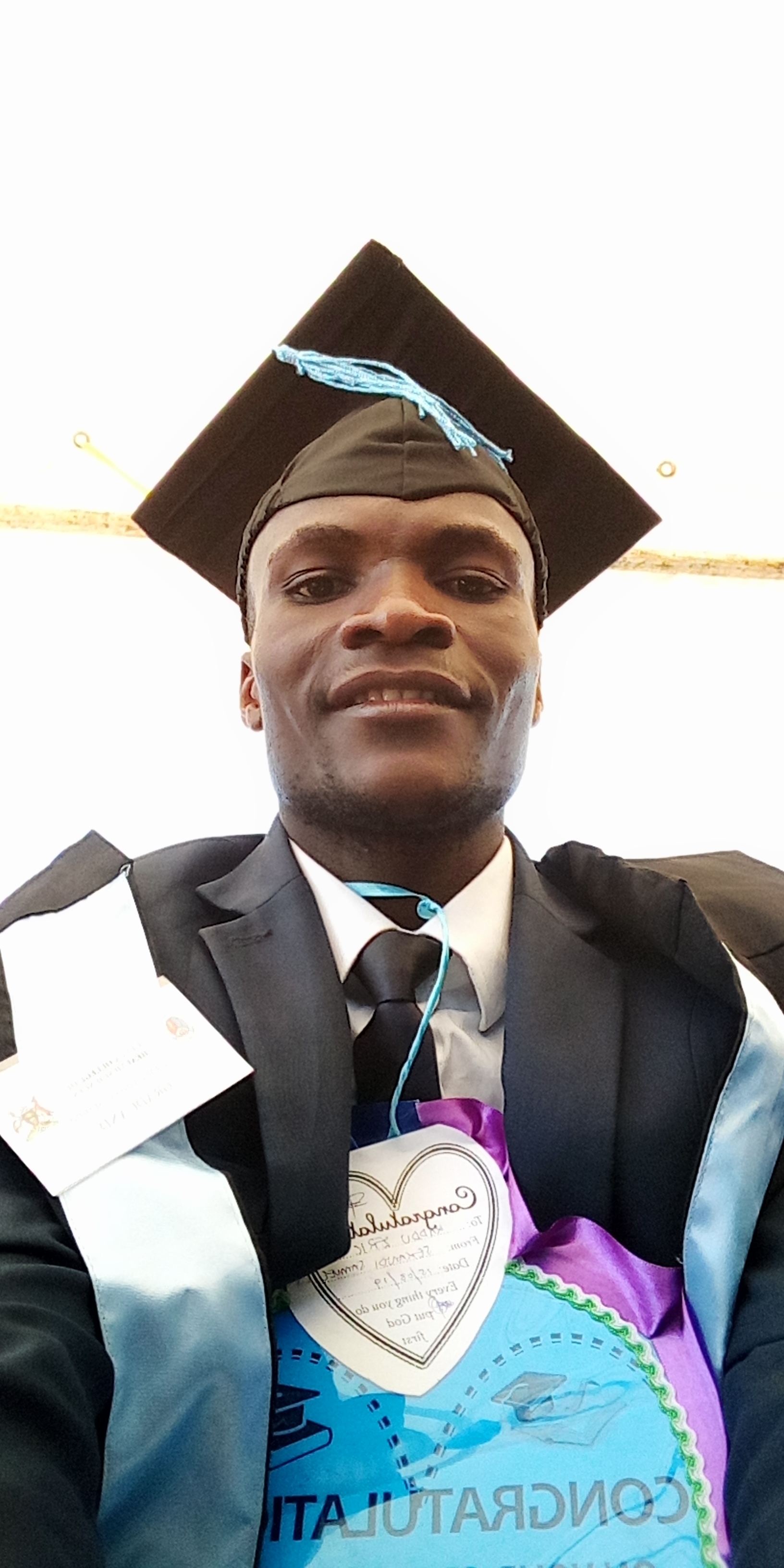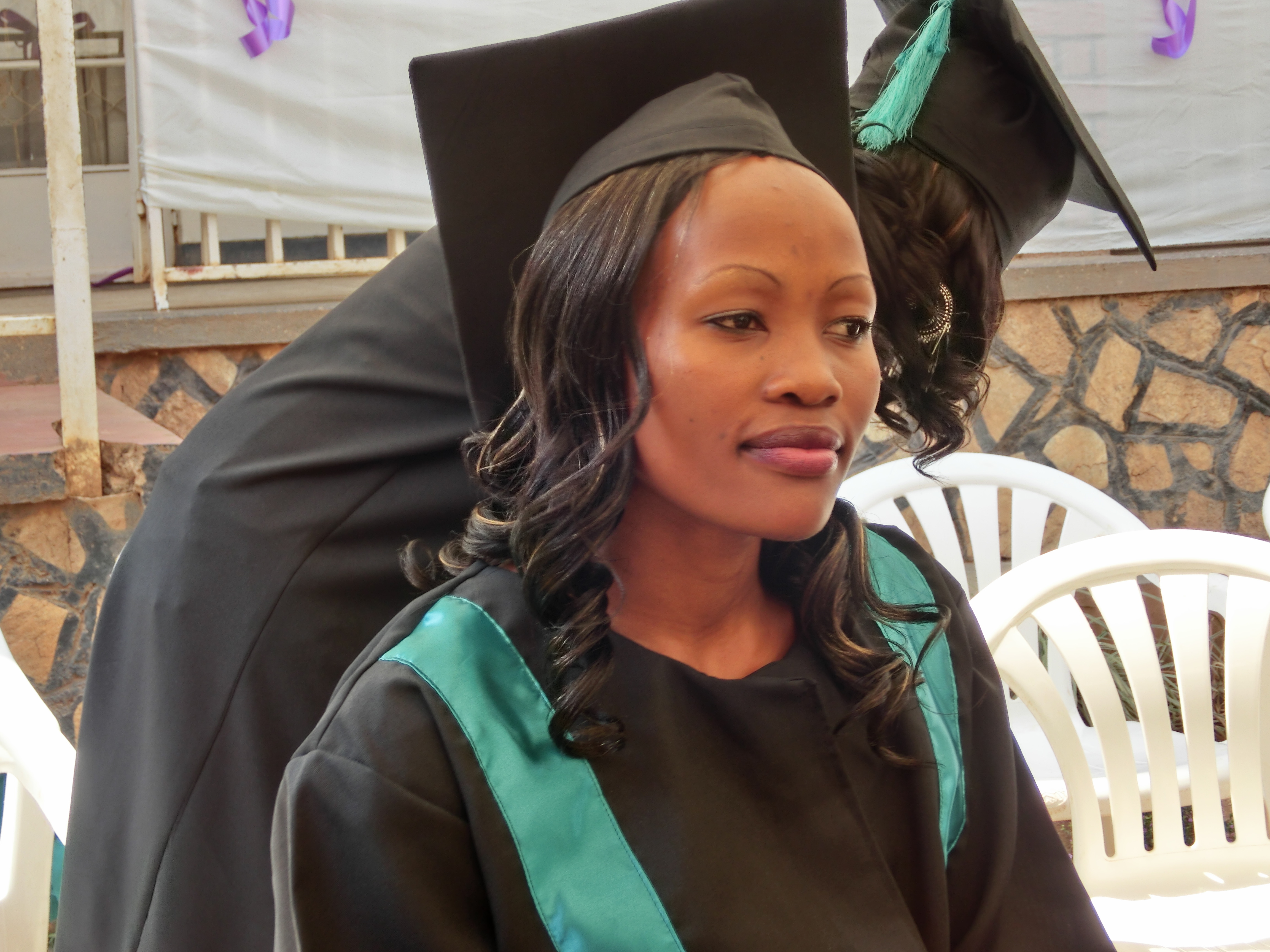Graduates
Every year around 20 young adults leave the project with a diploma in their pockets. For some this means the start of a carrier with a company, for others it means starting their own business and some are going to the University to become a doctor or an engineer. We are delighted and thankful that they are going to have a favorable future in Uganda.

